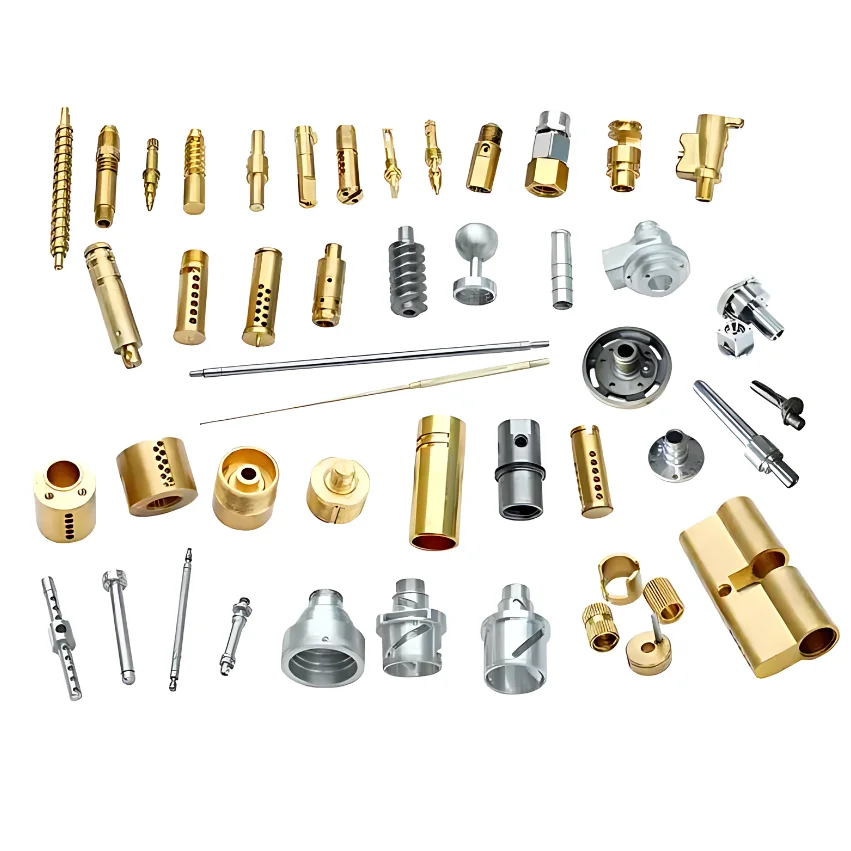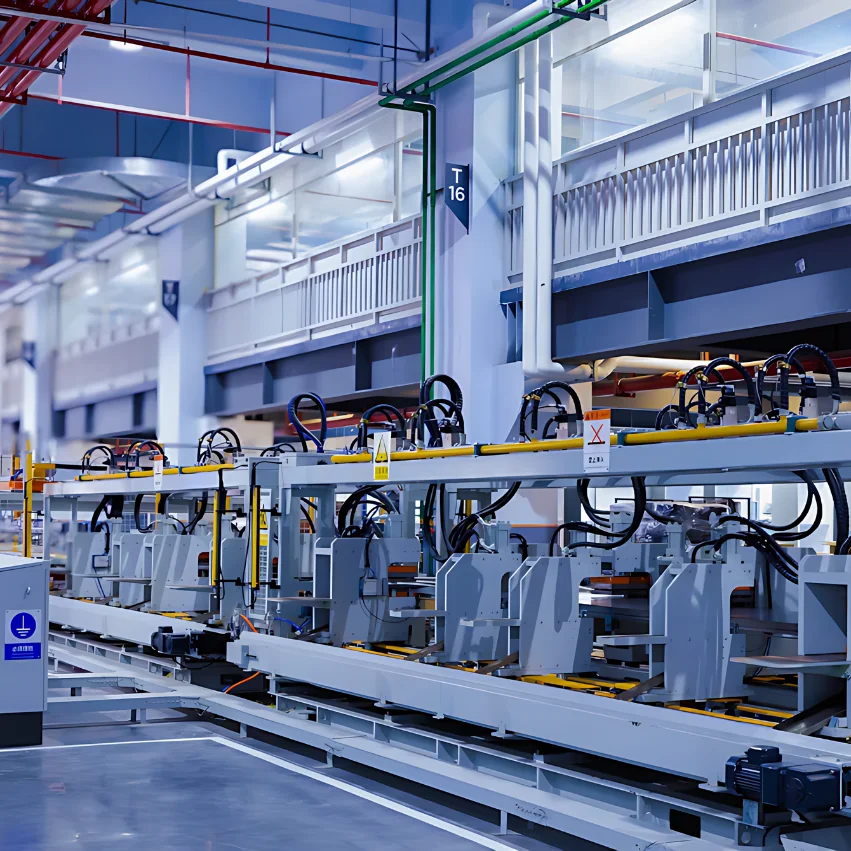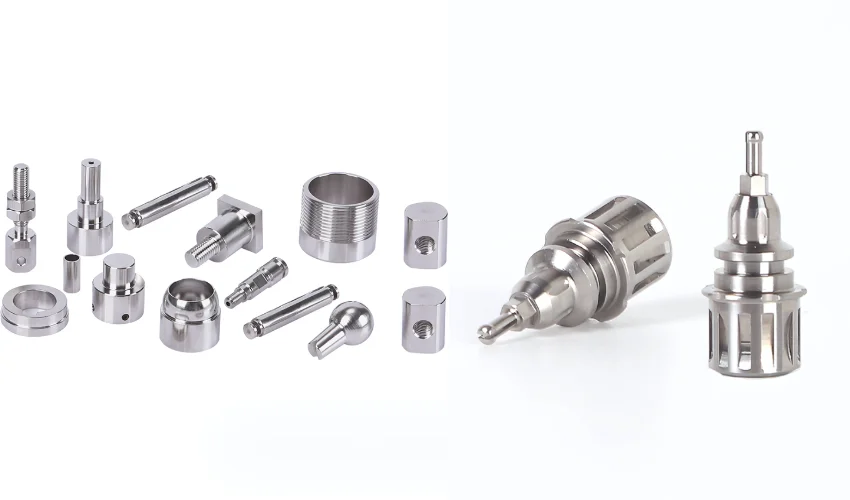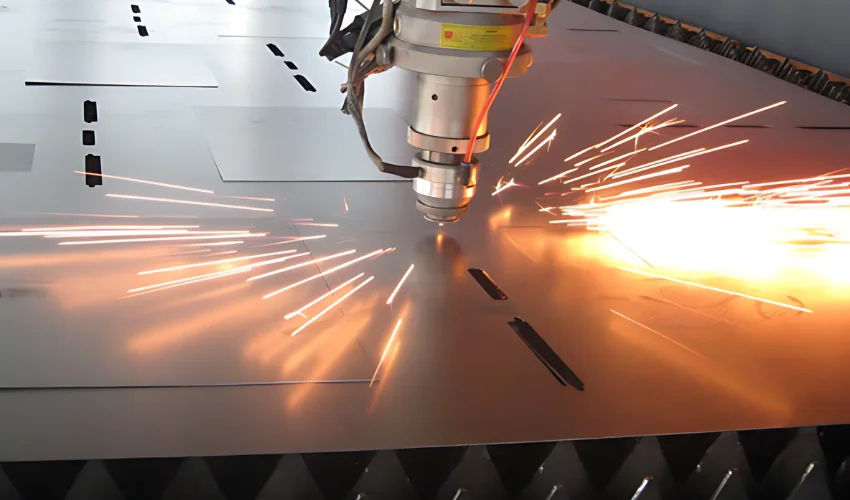Metal fabrication is the process of creating metal structures by cutting, bending, and assembling raw materials. Metal fabricators use a variety of tools and techniques to craft a wide range of products, from machinery and equipment parts to decorative items. The field encompasses various disciplines, including welding, machining, and forming, making it a versatile and essential part of modern manufacturing.
The Importance of Metal Fabrication in Today’s World
Metal fabrication, including sheet metal fabrication, plays a crucial role in numerous industries, including construction, automotive, aerospace, and consumer goods. It provides the necessary components for building infrastructure, vehicles, and everyday appliances. Without skilled metal fabricators, many essential products that society relies on would not be available. Additionally, advancements in fabrication technology have led to improved efficiency and precision in manufacturing processes.
What Skills Do Metal Fabricators Need?
Metal fabrication is a complex and intricate craft that demands a diverse set of skills to ensure precision and quality in producing metal structures. Metal fabricators must possess technical expertise and soft skills to excel in their roles.
Technical Skills and Knowledge
- Blueprint Interpretation. Metal fabricators must read and understand technical drawings and blueprints proficiently. This skill allows them to visualize the end product and comprehend the specific measurements and dimensions required for fabrication.
- Welding Techniques. Proficiency in various welding techniques, such as MIG (Metal Inert Gas) welding, TIG (Tungsten Inert Gas) welding, and arc welding, is essential for joining metal components effectively.
- Metal Cutting Abilities. A thorough understanding of different cutting methods, including laser cutting, plasma cutting, and abrasive water jet cutting, is crucial for shaping metal with precision.
- Machining Expertise. Knowledge of machining processes like CNC milling, drilling, turning, and grinding enables fabricators to refine metal components to exact specifications.
- Material Knowledge. Familiarity with different types of metals, alloys, and their properties is vital for selecting the appropriate materials for specific projects.
- Quality Control Skills. The ability to inspect finished products using measurement tools such as calipers, micrometers, and gauges ensures that fabricated components meet quality standards.
Soft Skills for Success
- Attention to Detail. Metal fabricators must have a keen eye for detail to ensure accuracy throughout the fabrication process, from initial measurements to final assembly.
- Problem-Solving Abilities. The capacity to identify issues during fabrication and implement effective solutions is crucial for overcoming challenges that may arise.
- Communication Skills. Clear communication with team members, engineers, and supervisors is essential for understanding project requirements and collaborating effectively within a manufacturing environment.
- Time Management. Efficiently managing time and prioritizing tasks is imperative in meeting project deadlines without compromising on quality.
- Adaptability. Being adaptable in handling new technologies and equipment advancements ensures that metal fabricators can evolve with changing industry standards.
- Teamwork Orientation. Collaborating seamlessly with colleagues fosters a productive work environment where ideas are shared, problems are solved collectively, and projects are completed efficiently.
What Is the Process of Metal Fabrication?
Metal fabrication involves a series of intricate steps that transform raw materials into finished metal structures. Each stage requires precision, expertise, and attention to detail to ensure the quality and functionality of the final products.
Step 1: Design and Blueprint Creation
The process commences with meticulous planning and design. Skilled professionals, such as engineers and drafters, collaborate to create detailed blueprints and technical drawings that outline the exact specifications of the metal components to be fabricated. These blueprints serve as a roadmap for the entire fabrication process, providing precise measurements, material requirements, and assembly instructions.
During this phase, advanced computer-aided design (CAD) software is often utilized to generate digital models of the intended metal structures. This technology enables fabricators to visualize the end product in 3D, identify potential design flaws, and make necessary adjustments before commencing physical fabrication.
Step 2: Cutting and Shaping Metal
Once the blueprints are finalized, the fabrication process moves into the cutting and shaping stage. Various cutting techniques are employed based on the type of metal being used and the desired outcome. Common methods include laser cutting, plasma cutting, and water jet cutting.
Precision is paramount during this phase as fabricators meticulously cut and shape raw metal materials according to the specifications outlined in the blueprints. Advanced machinery equipped with computer numerical control (CNC) technology enhances accuracy by executing intricate cuts with minimal margin for error.
Step 3: Assembly and Finishing Touches
After the individual components have been cut and shaped, they are meticulously assembled according to the blueprint’s instructions. Welding processes play a crucial role in joining these components together securely. Metal inert gas (MIG) welding or tungsten inert gas (TIG) welding techniques are commonly employed to fuse metal parts seamlessly.
Following assembly, finishing touches are applied to enhance both aesthetics and functionality. Surface treatments such as grinding, polishing, or coating may be performed to achieve specific textures or protective layers. Additionally, thorough inspections using measurement tools ensure that each fabricated component meets stringent quality standards before being integrated into larger assemblies or products.
Where Do Metal Fabricators Work?
Metal fabricators are integral to a wide array of industries, contributing their expertise to the creation of essential components and structures. The demand for metal fabricators is particularly high in sectors that heavily rely on metal-based products and infrastructure.
- Construction: Metal fabricators play a vital role in the construction industry, where they are involved in crafting structural steel components, support beams, and architectural elements. Their contributions are essential for erecting sturdy buildings and infrastructure.
- Automotive: In the automotive sector, metal fabricators are responsible for manufacturing various vehicle parts, including chassis components, exhaust systems, and body panels. Their precision and skill ensure the durability and safety of automobiles.
- Aerospace: The aerospace industry depends on metal fabricators to produce intricate components for aircraft and spacecraft. From fuselage sections to engine parts, metal fabricators contribute to the construction of reliable and aerodynamic aerospace vehicles.
- Manufacturing: Within the broader manufacturing sector, metal fabricators are involved in producing a diverse range of products, such as machinery parts, industrial equipment, and consumer goods. Their expertise supports the efficient functioning of numerous manufacturing processes.
- Energy: Metal fabricators also play a crucial role in the energy sector by creating components for power generation facilities, pipelines, and renewable energy infrastructure. Their work contributes to the development of sustainable energy solutions.
The Workplace Environment
The workplace environment for metal fabricators varies depending on the specific industry and company in which they are employed. However, certain commonalities exist across different work settings within this profession.
- Fabrication Shops: Many metal fabricators work in dedicated fabrication shops with specialized machinery and tools for cutting, shaping, welding, and assembling metal components. These facilities provide an organized workspace conducive to precise fabrication processes.
- Manufacturing Plants: In larger manufacturing plants or factories, metal fabricators collaborate with engineers and production teams to contribute to mass production activities while adhering to strict quality control standards.
- On-Site Installations: Some metal fabricators may be required to perform on-site installations or repairs in settings such as construction sites or industrial facilities. This aspect of their work involves adapting their skills to dynamic environments outside traditional fabrication workshops.
- Safety Considerations: Regardless of the specific workplace setting, safety protocols are paramount for metal fabricators due to the use of heavy machinery and potentially hazardous materials during fabrication processes.
- Collaborative Settings: Metal fabricators often work collaboratively with other professionals such as engineers, designers, welders, machinists, and quality control inspectors to ensure seamless coordination throughout the fabrication process.
Understanding the Impact of Metal Fabrication
The field of metal fabrication contributes significantly to both the economy and infrastructure. By providing essential components for various industries, metal fabricators play a pivotal role in driving economic growth and sustaining vital infrastructure.
Metal fabrication directly impacts the economy by fostering job creation and supporting diverse sectors such as construction, manufacturing, and transportation. The demand for skilled metal fabricators fuels employment opportunities, contributing to a robust workforce within the manufacturing industry. Additionally, the production of fabricated metal structures stimulates economic activity through supply chains, raw material procurement, and equipment sales.
Furthermore, the products of metal fabrication form the backbone of critical infrastructure developments. From structural steel used in building construction to specialized components for transportation systems, metal fabricators enable the realization of architectural projects and urban development initiatives. Their contributions ensure that infrastructure remains resilient, functional, and safe for public use.
In essence, metal fabrication serves as a cornerstone of economic prosperity by fostering industrial growth and fortifying the foundation of societal infrastructure.
The Future of Metal Fabrication
As technology continues to advance at a rapid pace, the future of metal fabrication holds immense potential for innovation and evolution. Emerging trends such as additive manufacturing (3D printing) are reshaping traditional manufacturing processes.
Automation and robotics are also poised to revolutionize metal fabrication practices, streamlining production workflows and enhancing efficiency. These advancements not only optimize resource utilization but also elevate the overall quality standards in fabricated metal products.
Moreover, sustainability is becoming an increasingly influential factor in shaping the future landscape of metal fabrication. With a growing emphasis on eco-friendly practices, fabricators are exploring sustainable materials and energy-efficient processes to minimize environmental impact while meeting evolving consumer demands.
In conclusion, the future of metal fabrication, particularly for custom metal fabricators, is defined by a significant shift towards technological integration, sustainable practices, and continuous innovation. By adopting these advancements, custom metal fabricators are well-positioned to journey toward a future marked by increased productivity, environmental responsibility, and unmatched creativity in crafting metallic structures.






